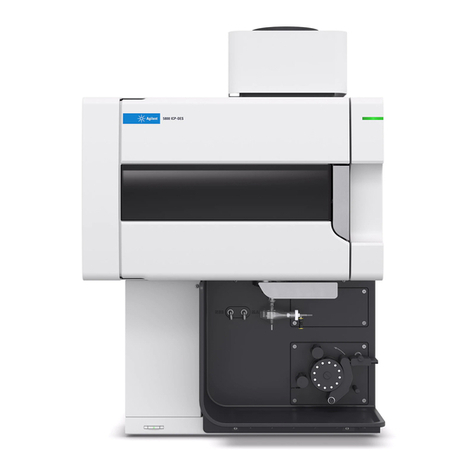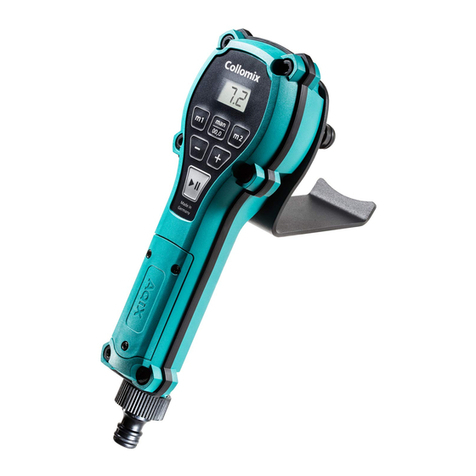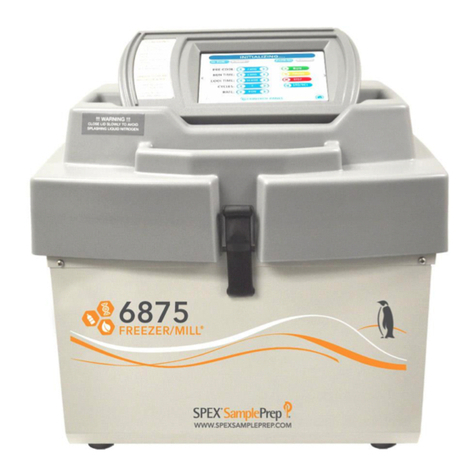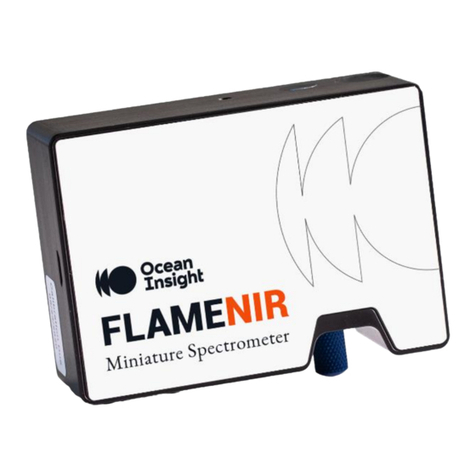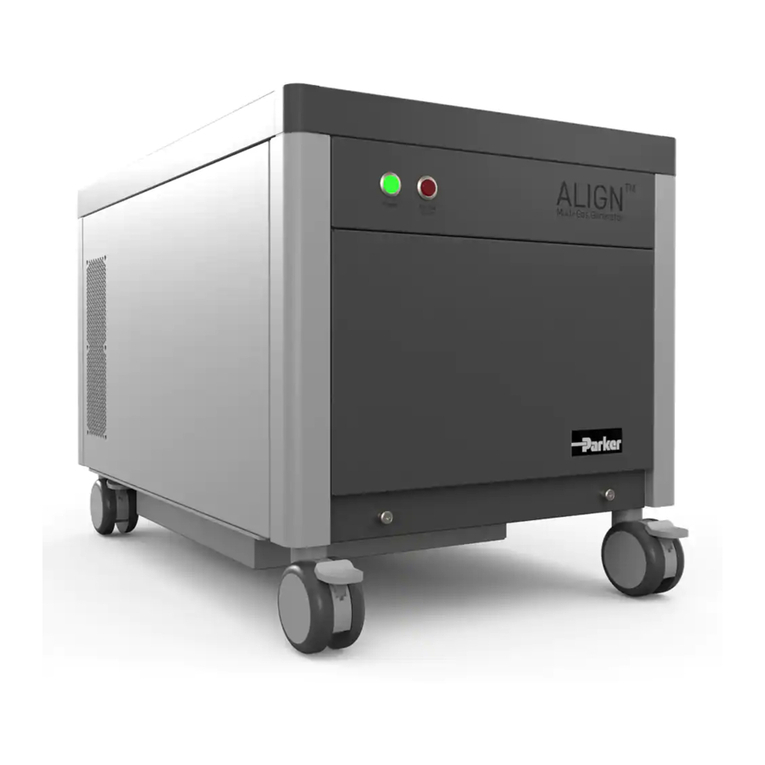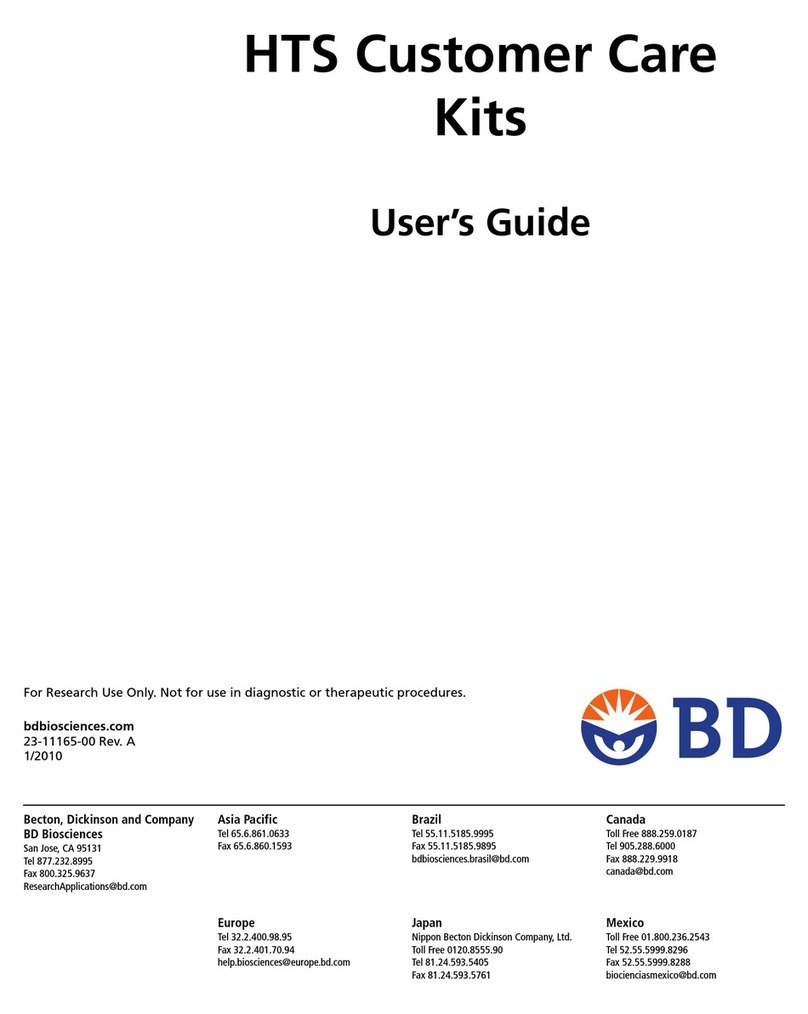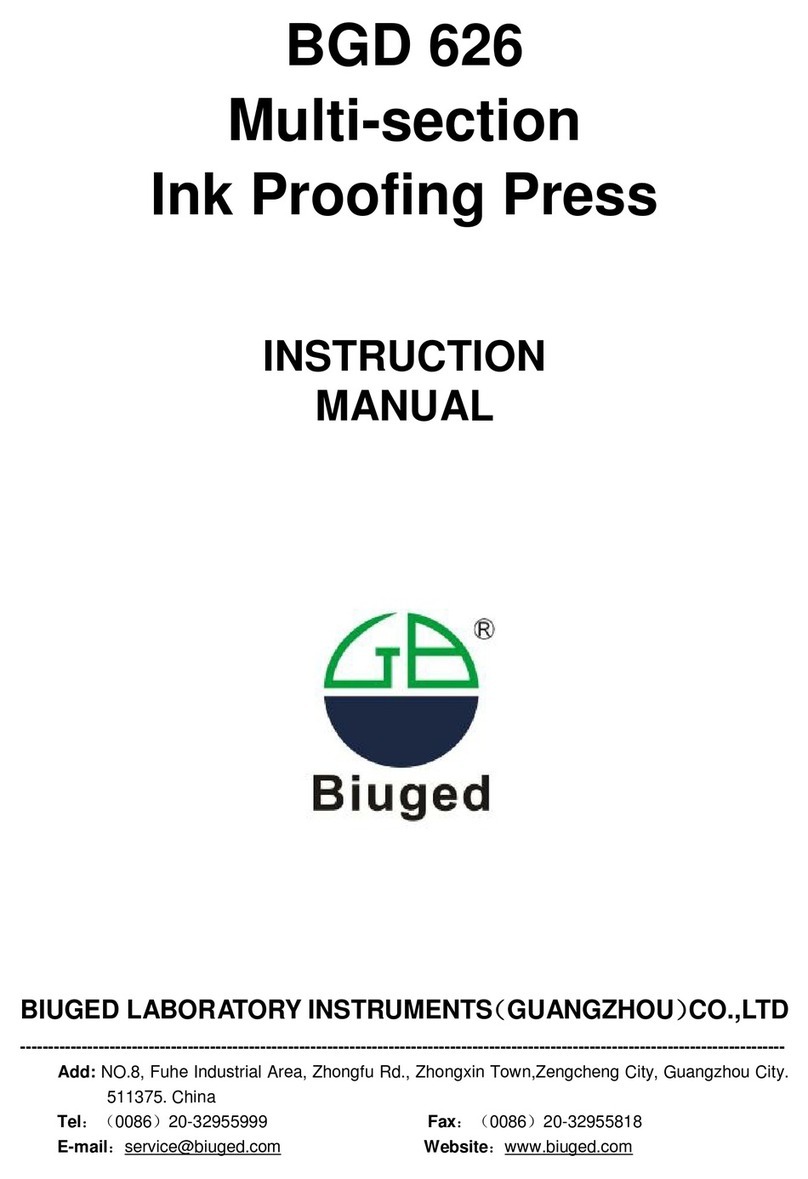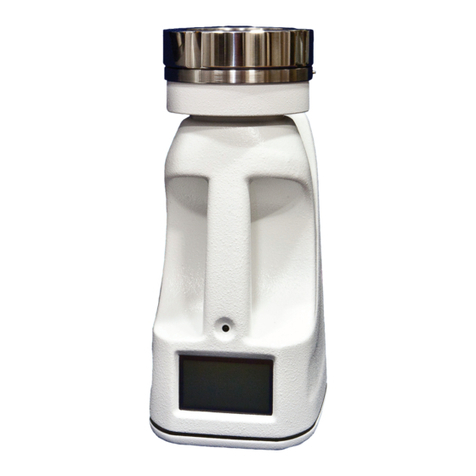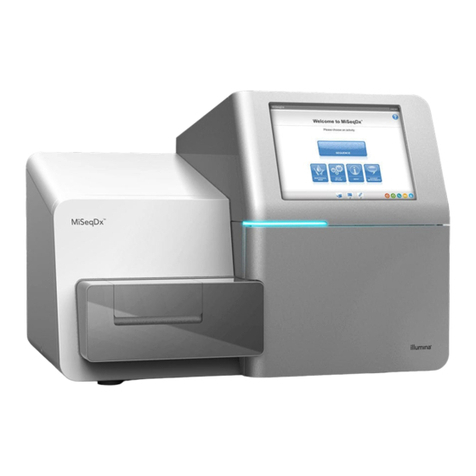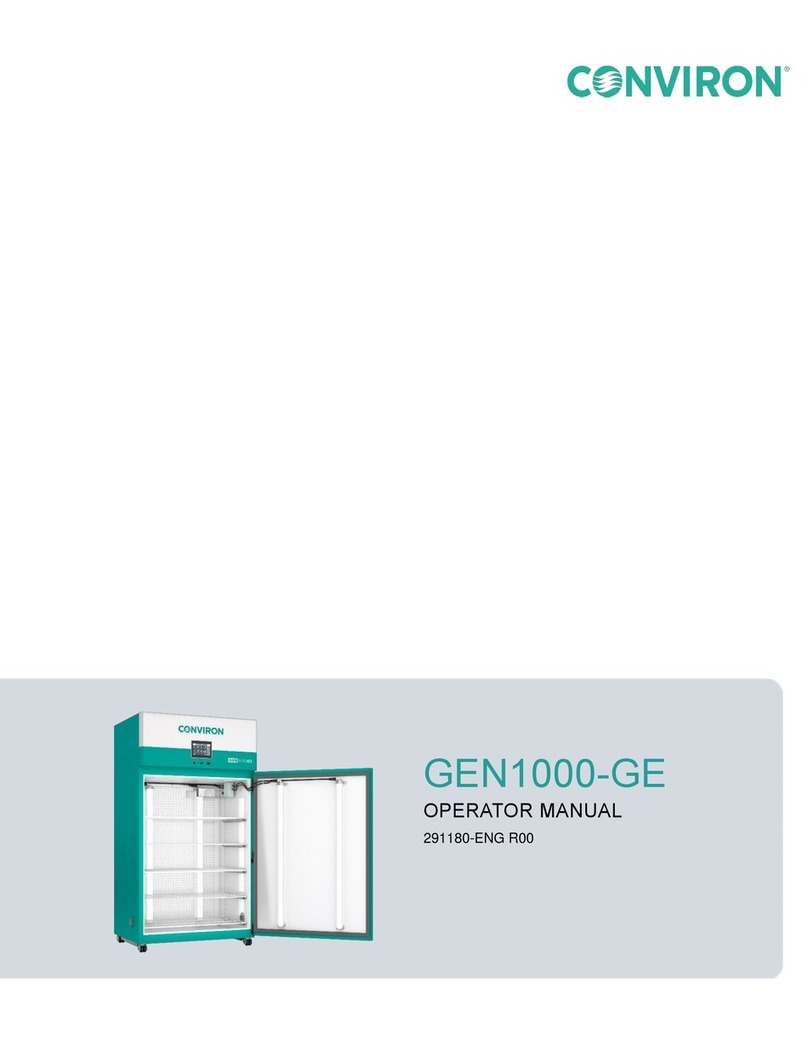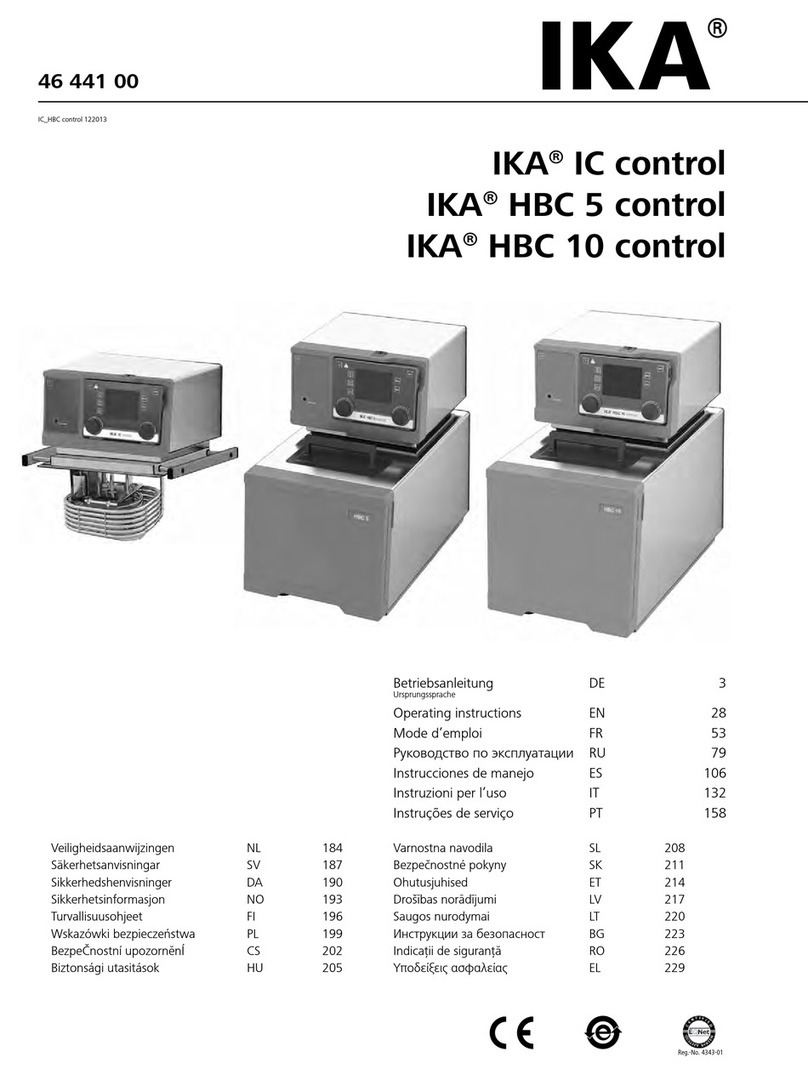
TB-9116 Page 1 of 5 © 2023 DESCO INDUSTRIES INC
Employee Owned
SCS - 926 JR Industrial Drive, Sanford, NC 27332
East: (919) 718-0000 | West: (909) 627-9634 • Website: StaticControl.com
Benchtop AC Ionizer
Installation, Operation, and Maintenance
July 2023
Description
The SCS 770122 Benchtop AC Ionizer is used for
neutralizing electrostatic charges on insulators and
ungrounded conductors. Its discharge times (< 2 second
at 12 inches) and ±15 volt offset voltage exceed the
required limits of ANSI/ESD S20.20 and ESD TR53. The
770122 Benchtop AC Ionizer generates AC high voltage
to produce an airflow rich in positive and negative ions.
A built-in automatic emitter point cleaner periodically
brushes away dust and minimizes maintenance.
Membrane switches are located at the top of the ionizer
to control power, fan speed, and emitter cleaning. The
770122 Benchtop AC Ionizer features a powder coated
steel enclosure and stand and a 24 VDC alarm output
terminal.
USER GUIDE TB-9116
Ionizers are useful in preventing electrostatic charge
generation, electrostatic discharge, electrostatic
attraction, as well as preventing equipment latch-up.
Per ANSI/ESD S20.20 section 6.2.3.1. Protected
Areas Requirement states: “Ionization or other charge
mitigating techniques shall be used at the workstation
to neutralize electrostatic fields on all process essential
insulators if the electrostatic field is considered a
threat.” “Air ionization can neutralize the static charge
on insulated and isolated objects by producing
separate charges in the molecules of the gases of the
surrounding air. When an electrostatic charge is present
on objects in the work environment, it will be neutralized
by attracting opposite polarity charges from the ionized
air. Note that ionization systems should not be used
as a primary means of charge control on conductors or
people.” (Reference: EN 61340-5-2:1 clause 5.2.9)
“The primary method of static charge control is direct
connection to ground for conductors, static dissipative
materials, and personnel. A complete static control
program must also deal with isolated conductors
that cannot be grounded, insulating materials (e.g.,
most common plastics), and moving personnel who
cannot use wrist or heel straps or ESD control flooring
and footwear. Air ionization is not a replacement for
grounding methods. It is one component of a complete
static control program. Ionizers are used when it is not
possible to properly ground everything and as backup
to other static control methods. In clean rooms, air
ionization may be one of the few methods of static
control available.” [ESD Handbook ESD TR20.20
Ionization, section 5.3.6.1 Introduction and Purpose /
General Information]
Packaging
1 Benchtop AC Ionizer
1 Ground Wire, 6'
1 Alarm Wire Harness, 1'
1 Power Adapter with interchangeable plugs
(North America, UK/Asia, Europe)
Figure 1. SCS 770122 Benchtop AC Ionizer
